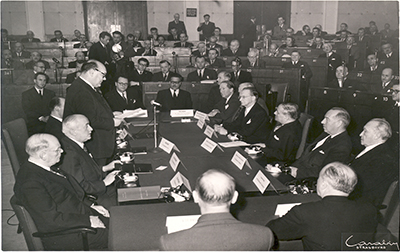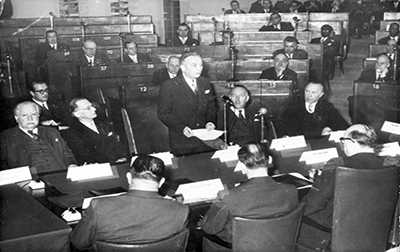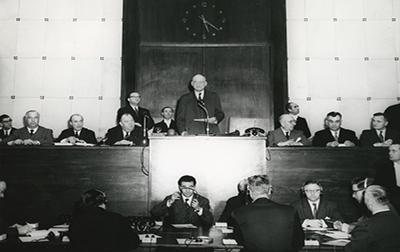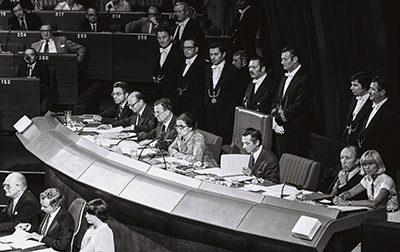On 18 April 1951, the representatives of Belgium, France, Germany, Italy, Luxembourg and the Netherlands signed the Treaty of Paris, establishing the European Coal and Steel Community (ECSC). In the decades that followed, the ECSC would transform, becoming the European Union that we know today.
Tracing the debates and decisions that shaped the history of the Parliament begins here. Discover documents from three key stages of its development: the Common Assembly of the ECSC, the Ad Hoc Assembly responsible for drawing up a draft Treaty establishing a European Political Community and finally, the European Parliament.
The Archives of the European Parliament are constantly in the process of collecting fonds of the European Parliament and disseminating documents to citizens as they become available after thirty years (see the Regulatory Framework). Documents from 1958 to 1979 are now available online via our new Dashboard - read more below.



